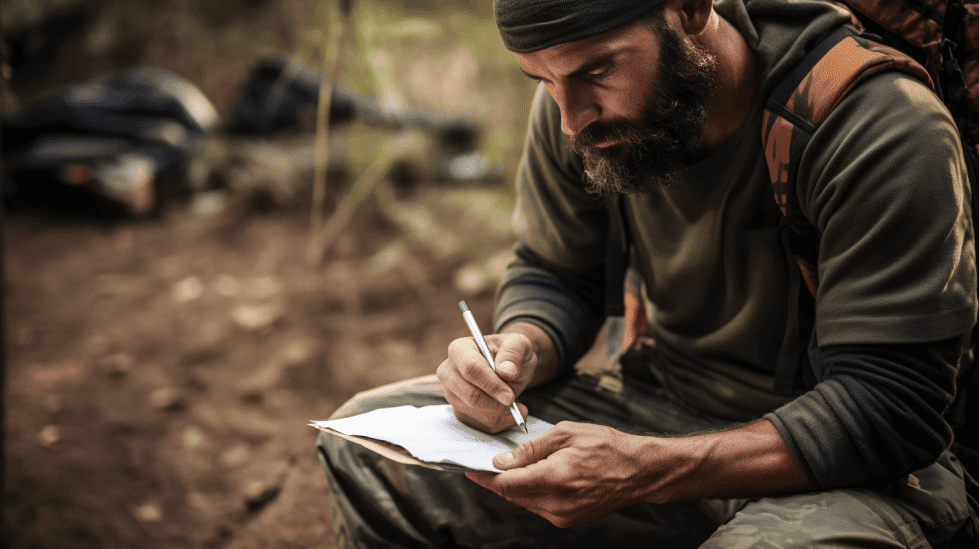Survival Bug Out Bag Checklist
Survival situations can arise at any moment, and having a well-prepared bug out bag is essential to increasing your chances of enduring and overcoming emergencies. A bug out bag is a portable kit containing essential items that will help you survive for an extended period away from home. It’s designed to provide you with the necessary tools and supplies to face various challenges, including natural disasters, civil unrest, or unexpected catastrophes.
Assembling a comprehensive bug out bag requires careful planning, taking into account the specific items needed for your region’s potential threats, as well as personal requirements such as medications, clothing, and important documents. Inadequate preparation can lead to dangerous situations or hinder your ability to stay safe. Therefore, creating a survival kit checklist and researching the most effective items to include is crucial.
Key Takeaways
- A bug out bag is a survival kit containing essential items to help you endure emergencies away from home.
- Careful planning is required to ensure the bag contains necessary tools, supplies, and personal items specific to potential threats in your region.
- A comprehensive survival checklist will lead to better preparedness and increased chances of overcoming challenges during emergencies.
What is a Bug Out Bag?
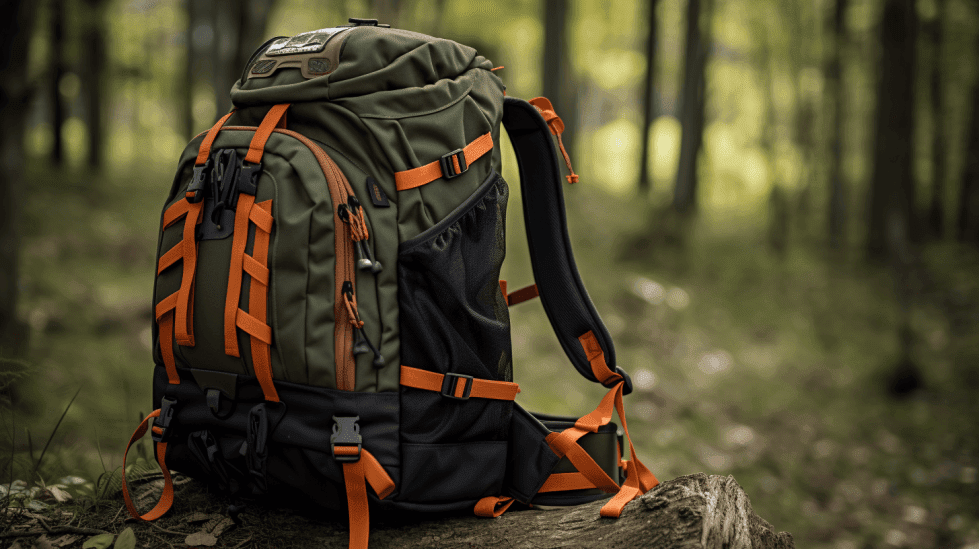
A bug out bag, also known as a survival bag, 72-hour bag, bugout bag, grab bag, or go bag, is an essential part of emergency preparedness. Personally, I consider it a portable, well-equipped kit designed to help me survive in various unpredictable scenarios that may warrant an immediate evacuation. When emergencies strike, time is crucial, and having a bug out bag at my disposal ensures the critical survival items are readily available.
In my experience, the primary purpose of a bug out bag is to provide the necessary provisions and tools to support a person for a minimum of 72 hours. These carefully selected items typically include food, water, first-aid supplies, clothing, and essential tools. The aim is to offer immediate access to vital resources, enabling a quick response to a crisis, especially when there’s no time to spare.
As a key part of my survival plan, the bug out bag serves as a lifeline during any situation that forces an unplanned departure from my home. This could be due to natural disasters like floods and wildfires, or man-made occurrences such as civil unrest or chemical spills.
However, it’s essential to regularly assess and update the contents of the bag according to personal needs, local hazards, and seasonal factors. I find it wise to include critical documents, prescription medication, and other personal essentials, in addition to the fundamental survival items.
In conclusion, a bug out bag is an indispensable tool in emergency preparedness, designed to help navigate and survive unexpected life-threatening situations. It’s crucial to continuously adapt the bag’s contents to match one’s unique requirements and the ever-changing potential risks.
Why You Need a Bug Out Bag
I cannot stress enough the importance of having a bug out bag at hand in today’s unpredictable world. Natural disasters, emergency situations, and civil unrest can happen at any time, and being prepared can mean the difference between life and death.

In my experience, having a bug out bag has given me peace of mind, knowing that I’m ready to tackle any emergency situation that comes my way. Be it a natural disaster like an earthquake or a devastating flood, my bug out bag contains essential items that will allow me to survive for at least 72 hours.
During power outages, which can last for days or even weeks, a well-prepared bug out bag can provide me with essential supplies such as food, water, and other gear to make the situation more bearable. In some cases, power outages can lead to civil unrest, and being able to bug out quickly can be crucial to my safety.
Emergency preparedness is not only about immediate survival, but also about being able to adapt and thrive in difficult circumstances. A vital part of this is having access to crucial tools and resources that can help me overcome obstacles and navigate through adverse situations.
In conclusion, having a bug out bag is an essential component of disaster preparedness, ensuring that I have the necessary resources to face any challenge that comes my way. From natural disasters to power outages, civil unrest, and other emergency situations, a well-stocked bug out bag can be a lifesaver when time is of the essence.
Essential Items for Your Bag
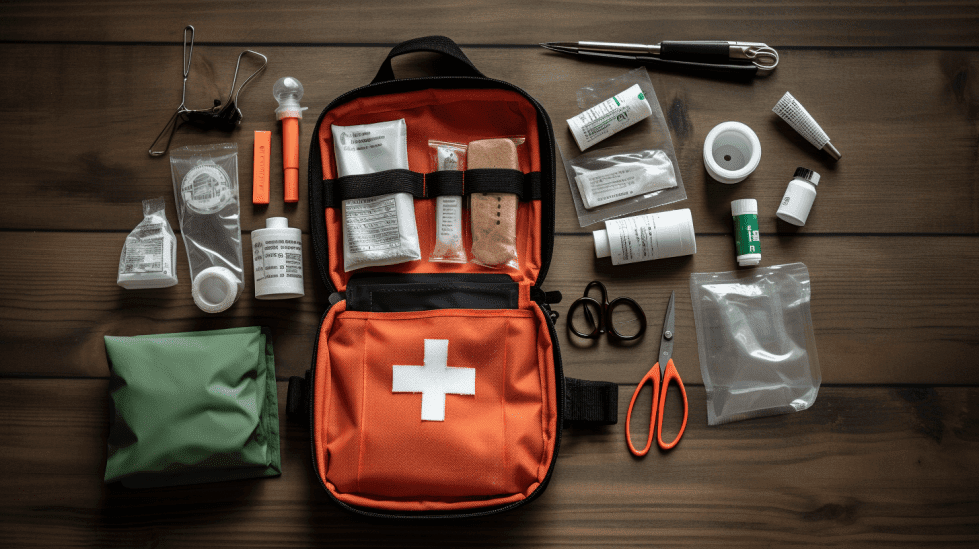
When packing my bug out bag, I make sure to include essential items that cover my basic needs in a survival situation. My goal is to prioritize lightweight, durable, and water-resistant gear. This helps me stay prepared and ready to face any challenges that come my way.
One of the most crucial items in my bag is the first aid kit. I ensure it is stocked with essential supplies, such as bandages, antiseptic wipes, and pain relievers. This helps me tend to injuries and stay healthy in an emergency.
For shelter and sleeping arrangements, I pack a lightweight sleeping bag, a tarp, and an emergency blanket. These items provide insulation and protection from the elements, keeping me warm and dry when it’s necessary. On top of that, I carry a rain poncho as an additional protection layer against rain and wind.
Staying hydrated is crucial during my bug out journey. To cover my water needs, I pack a water bottle, water purification tablets, and a water filter. This combination helps me store and purify water from various sources, ensuring I have access to clean drinking water.
Including food items like freeze-dried meals and energy bars is an essential part of my bug out bag. These lightweight, high-calorie options help me maintain my energy levels and keep me going during a survival situation.
To take care of my personal hygiene, I carry toilet paper, hand sanitizer, and wet wipes. They’re compact and lightweight options that help me maintain cleanliness and prevent the spread of germs.
My bug out bag also contains essential tools, such as cutting tools, extra batteries, and a weather-resistant flashlight. It helps me handle various tasks, from preparing food to navigating my way in the dark. For added safety, I pack pepper spray, providing a non-lethal self-defense option.
Lastly, it’s important for me to carry my prescription medications and any other personal medical supplies. This helps me manage any existing medical conditions and ensure my well-being during emergencies.
By ensuring my bug out bag has all these essential items, I feel confident and prepared, knowing I have the necessary supplies to face any survival situation head-on.
Survival Kit: Being Prepared
When it comes to being prepared for emergencies, I believe in having a well-stocked survival kit in the form of a bug out bag. A bug out bag is a portable emergency kit designed to sustain me for a short period, typically 72 hours, while I execute my emergency plan. My primary goal is to include essential items that cover my basic needs and ensure my safety during that period.
In my bug out bag, I focus on the following categories of essential supplies: food, water, shelter, warmth, tools, first aid, and communication. To make sure I have everything I need, I’ve created a bag checklist to keep track of my bag essentials. This list helps me stay organized and ensures that I have a well-rounded survival kit for any unexpected situation.
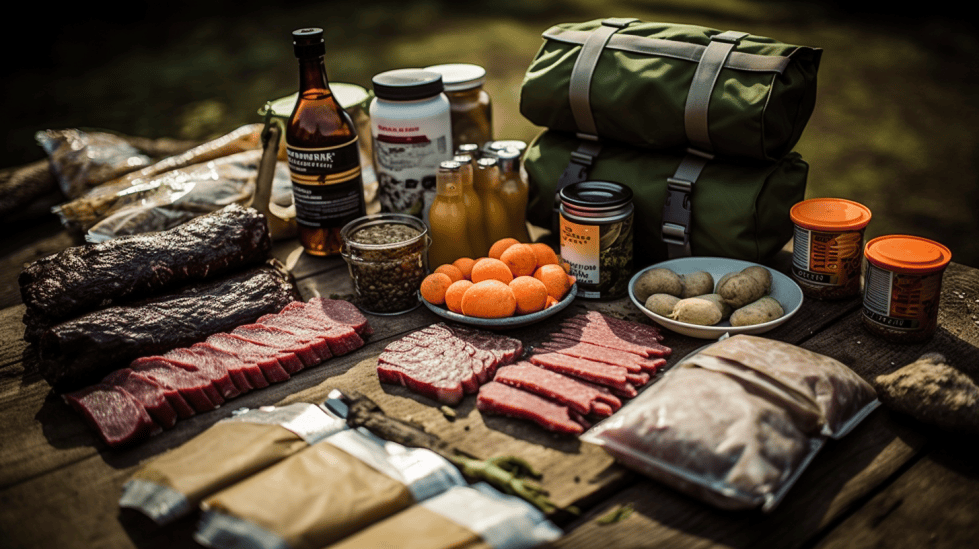
For food and water, my bag essentials include a 72-hour supply of non-perishable items and water purification tablets. I also carry a compact cooking system, such as a portable stove and fuel, to help me prepare meals. Additionally, I have a collapsible water container and a water filter to make drinking water safe from harmful contaminants.
Shelter and warmth are crucial for survival, especially in extreme weather conditions. My bag list consists of a lightweight tent or tarp, an emergency blanket, a compact sleeping bag, and extra layers of clothing to stay warm. I also pack hand warmers and a fire-starting kit, as fire is essential for warmth, cooking, and signaling for help.
Tools are the backbone of any survival kit. I make sure to include essential items such as a sturdy knife, a multi-tool, durable rope or paracord, and a headlamp or flashlight with extra batteries. These items can serve various purposes during emergencies and make my life much more manageable.
A well-stocked first aid kit is essential for my bug out bag list. I pack items like adhesive bandages, gauze, medical tape, antiseptic wipes, painkillers, and any necessary prescription medications. Additionally, I carry essential hygiene items, such as toilet paper, soap, and hand sanitizer, to maintain cleanliness and prevent illness.
Finally, communication and navigation tools are vital components of my survival kit. I include a fully charged phone with a portable charger, a whistle for signaling, a small notepad and pen, and local maps with marked evacuation routes. These items help me stay connected, navigate through unfamiliar territory, and signal for help when needed.
In summary, my bug out bag is a carefully curated collection of essential supplies designed to help me survive and stay safe during an emergency. By creating and maintaining a bag checklist, I am confident and prepared for whatever challenges may come my way.
Personal Items: Don’t Forget
When packing my bug-out bag, I always consider personal items as essential components for surviving unforeseen circumstances. These belongings are irreplaceable and crucial to help me maintain a sense of safety and comfort.
Cell phone: It’s a no-brainer. I make sure to include my cell phone in my bug-out bag because it’s the most essential tool for communication, navigation, and even entertainment during emergencies.
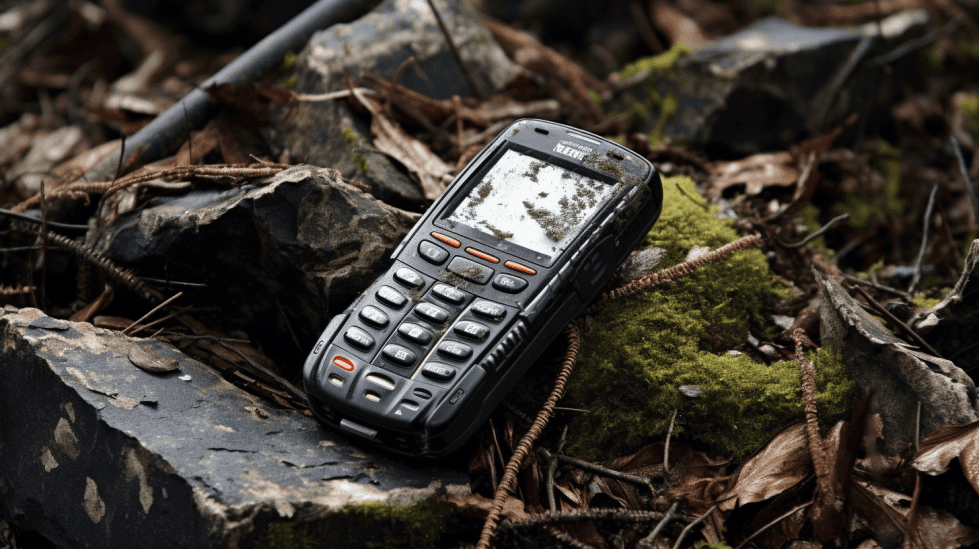
Birth certificates and other vital documents: In addition to the cellphone, I pack important documents such as birth certificates, passports, driver’s licenses, and property deeds. These are crucial for proving my identity, as well as that of my family members, during post-disaster scenarios or emergency evacuations.
Personal hygiene is critical for maintaining my well-being and preventing illnesses. Therefore, I include basic hygiene items such as:
- Toothbrush and toothpaste
- Soap and hand sanitizer
- Wet wipes and toilet paper
- Feminine hygiene products (if applicable)
These lightweight items don’t add much to my bug-out bag’s overall body weight and ensure that I remain clean and healthy throughout the ordeal.
Ensuring the safety and well-being of my family members is crucial during emergencies, so I also pack their essential personal items. This includes medication, prescription glasses, and essential medical devices such as asthma inhalers or insulin pumps, depending on the needs of each family member.
Lastly, I never forget to include first aid items in my bug-out bag. A well-stocked first aid kit is invaluable during emergencies and can potentially save lives. My first aid essentials include:
- Various sizes of bandages and adhesive plasters
- Antiseptic wipes and creams
- Pain relievers and fever reducers
- Scissors and tweezers
- Elastic bandages, instant cold packs, and disposable gloves
By preparing a comprehensive bug-out bag with personal items, I ensure that my family and I are ready to face unexpected emergencies with confidence.
Miscellaneous Items: Extra Essentials
In addition to the basic necessities, when preparing my survival bug-out bag, I always make sure to include some miscellaneous items, which can come in handy during emergencies. These extra essentials, though not always crucial, provide additional comfort, versatility, and functionality that can make a significant difference during times of crisis.
One important addition to my bag is duct tape. It has a multitude of uses—from repairing equipment and clothing to serving as a makeshift bandage. Another handy item I pack is a few glow sticks. These lightweight, portable, and non-electric sources of light can be life-saving when navigating through dark environments without giving away my position.
Clean water is a top priority, and as such, I always prepare my bag with a water filter to purify water for drinking or cooking. This helps reduce the need to carry too much weight in my bag, as I can safely obtain more water along the way.
A waterproof bag is an essential piece of gear that I use to protect my emergency supplies from getting wet. This can be invaluable in extreme weather conditions or when passing through waterlogged environments. Inside the waterproof bag, I store a variety of food items, such as energy bars, which are light, nutritious, and can provide a much-needed energy boost during difficult situations.
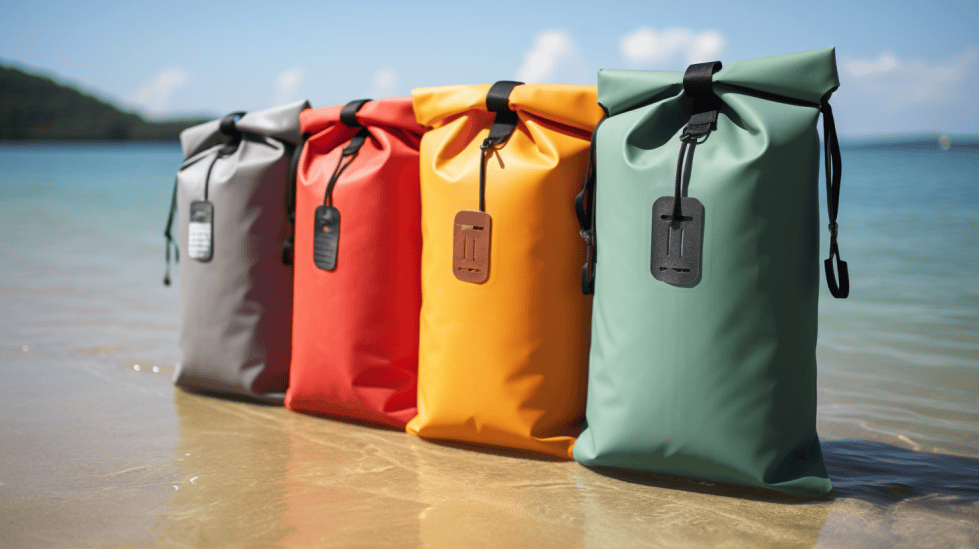
To ensure that I’m well-prepared, I choose a sturdy tactical backpack for my bug-out bag. It has ample compartments, is designed for durability, and can withstand harsh environments. The backpack’s design allows me to organize and access my gear easily, while offering comfort for long journeys.
By including these miscellaneous items in my bug-out bag, I feel confident and knowledgeable about facing any challenge that may arise during a crisis. These extra essentials help enhance my overall preparedness and increase my chances of survival in the event of an emergency.
Food and Water: Sustaining Life
When it comes to surviving in an emergency situation, having the right food and water supplies in a bug out bag is crucial. As a seasoned prepper, I know that ensuring access to clean water should be a top priority. I make sure to pack water purification tablets and a portable water filter in my bag. These items allow me to turn potentially contaminated water sources into safe, drinkable water.
In terms of water storage, I carry a collapsible water container that makes it easy to store and transport clean water. For emergencies, I always ensure to carry at least three days’ worth of water. To calculate how much water I would need, I consider my body weight, and the standard recommendation of one gallon per person per day.
To maintain my energy levels and keep me going, I carefully select food items for my bug out bag. I opt for non-perishable, lightweight, and easy-to-prepare foods. Some of my favorite options include:
- Protein bars
- Dried fruits
- Nut butter
- Nuts and seeds
- Freeze-dried meals
When space is limited, especially when packing smaller bags, it’s essential to prioritize high-calorie, nutrient-dense foods. This way, I can get the most out of every item I pack.
Another useful skill in survival situations is knowing how to boil water using a portable stove or lightweight cooking system. Boiling water not only purifies it but also gives me the option to prepare hot meals when needed.
By staying knowledgeable and prepared with the right food and water supplies, I can have confidence in my ability to sustain life in any unforeseen emergency.
Navigation: Finding Your Way

When it comes to navigating in a survival situation, having the right tools and understanding different ways to find your way is crucial. In my bug out bag, I always make sure to include a few essential items that will help me navigate during an emergency.
First and foremost, I always pack my cell phone. Although it might not have service or battery life in all situations, when it does, it can be a powerful navigation tool with GPS capabilities. Also, I recommend downloading offline maps on your phone, so you can access them even without internet connectivity.
Another essential item in my survival kit is a reliable compass. A compass will not let me down, even in situations where electronics might fail. Additionally, knowing how to use a compass and map is a critical skill to have, as it can make all the difference between getting lost and finding your way back to safety.
Glow sticks are also useful in a bug out bag. They can serve as a lightweight and long-lasting source of light for nighttime navigation, particularly when conserving flashlight batteries is necessary. With glow sticks, I can mark my path, signal for help, or simply use them to read maps and compasses during low light conditions.
When it comes to covering long distances on foot, wearing a comfortable and sturdy tactical backpack is key. This type of backpack is designed to evenly distribute weight, minimize fatigue, and withstand harsh environments. As I cover those long distances, having a high-quality backpack for my bug out bag allows me to carry everything I need for navigation and survival.
Lastly, it’s important to familiarize ourselves with different navigation techniques, such as using the sun, stars, or natural landmarks to find our way. Developing a well-rounded set of navigation skills can ensure we stay on track and reach our destination safely, no matter the situation.
Remember, navigation is a vital aspect of any bug out bag checklist. By including these items and understanding different ways to navigate, I can confidently face the challenges that may arise during a survival situation.
Protection and Security
When it comes to protection and security in a survival situation, there are several items that can make a significant difference. I always make sure to prioritize personal safety by including critical tools and gear in my bug-out bag.
One of the essentials that I recommend is pepper spray. This non-lethal self-defense tool can provide me with a means to deter potential attackers or aggressive animals. With a compact size and easy-to-use design, pepper spray is an ideal addition to my bug-out bag.
In addition to pepper spray, it’s crucial to have some form of body armor for added protection. While there are many types of body armor available, I find that lightweight, flexible options work best for my needs. For example, a vest that provides protection against ballistic threats is both practical and comfortable. Considering the various situations I might encounter, having body armor in my bug-out bag helps increase my chances of staying safe.

Furthermore, I recommend having a reliable and sturdy knife in my bug-out bag. A knife serves as a versatile tool that can be used for cutting, self-defense, and various survival tasks. Choosing a suitable knife ensures that it is easy to access, durable, and sharp enough for the job.
To sum it up, protection and security are essential aspects of a bug-out bag checklist. In my view, incorporating items such as pepper spray, body armor, and a reliable knife effectively addresses these concerns and gives me peace of mind when navigating uncertain situations.
Tips for Packing Your Bag
When it comes to packing a survival bug out bag, I believe it’s important to prioritize items based on their necessity and overall utility. The first thing I consider is the duration I anticipate being away from home. If I expect to rely on my bug out bag for a long time, it’s crucial to include items that would help me maintain my basic needs like shelter, water, and food.
Finding the right balance of items is essential – I wouldn’t want to carry too much weight, but I also want to be well-equipped for various situations. One of the best ways to manage weight is by placing heavier items closest to my spine and evenly distributing the weight throughout the bag, as recommended by Survival Junkies.
For me, water is an absolute must-have. But carrying much water can be heavy and take up significant space in the bag. A good solution to this issue is to pack a portable water filter or purification tablets to ensure I have access to clean drinking water with less weight.
Food supplies are another vital aspect of a bug out bag. In my opinion, items like energy bars or canned goods can be the best option for providing much-needed nutrition without taking up too much space.
When it comes to tools and equipment, I believe it’s critical to prioritize the right tools for my anticipated needs. A sturdy knife, a multipurpose tool, and items for fire starting are all essentials that don’t require much space. Additionally, consider packing a lightweight tarp or emergency blanket in case of harsh weather conditions!
Choosing the Right Bag
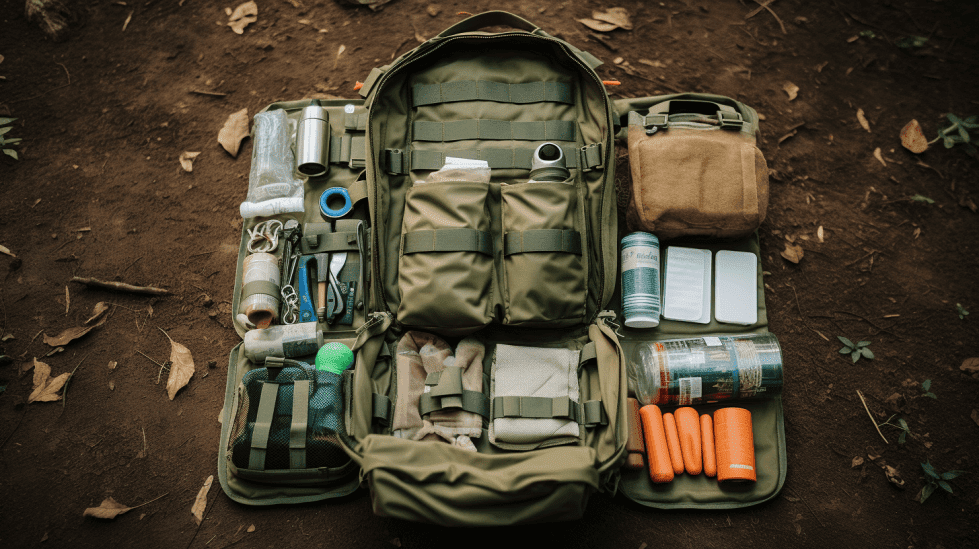
When it comes to selecting the perfect bag for your bug-out essentials, it’s crucial to prioritize certain features. As someone who values preparedness and practicality, I’d like to share some of my top considerations.
First and foremost, the bag must be durable and able to withstand tough situations. A tactical backpack is an excellent choice due to its reinforced stitching, high-quality materials, and overall sturdiness. These bags are designed for military use, ensuring they can handle any emergency scenario you may face.
Water resistance is another essential factor, especially since weather conditions can be unpredictable. Opting for a waterproof bag gives you peace of mind knowing your carefully selected essentials will remain safe and dry regardless of the elements.
The size and capacity of your bag play a crucial part in accommodating all of your bug-out essentials. While a duffel bag may provide ample room, it might not be the most comfortable option to carry over long distances. On the other hand, a large hiking backpack with adjustable straps can help distribute weight evenly on your body, allowing for a more comfortable experience.
Adequate hydration is of utmost importance during an emergency, so including a hydration pack is a must. Many tactical backpacks are compatible with hydration bladders, allowing you to sip on water without having to stop and rummage through your bag.
Finally, don’t forget about the organizational features of your chosen bag. Seek out a bag with various compartments and pockets to help you easily access and locate items when you need them. This will save you precious time in an emergency and make your bag more efficient overall.
By considering these aspects as I build my bug-out bag, I’m confident in my ability to tackle emergencies with ease.
Conclusion
In my experience, having a well-prepared bug out bag is a crucial aspect of disaster preparedness. I’ve found that focusing on key survival skills and assembling the most important items can make all the difference when it comes to responding effectively during an emergency situation.
One thing I always prioritize in my bug out bag is having reliable and versatile survival gear. It’s essential for me to have a power bank and a solar panel, as they provide a reliable source of power for my devices. Additionally, different types of cutting tools like knives and multitools are indispensable, ensuring I’m ready for any tasks or obstacles that may arise.
Another important aspect of assembling a bug out bag is considering the specific needs for any given scenario. For example, I pack different supplies and gear when planning a camping trip compared to when preparing for potential natural disasters. Rain gear, for instance, is essential when camping, but might not be the most important thing to have if I were to encounter an urban disaster.
Lastly, I always remind myself that disaster can strike at any time, and being prepared is the best way to minimize risks and ensure safety. By creating a personalized bug out bag, I have tailored it to suit my individual needs, allowing me the peace of mind knowing I’m equipped to handle emergency situations and survive in even the most challenging circumstances.
Frequently Asked Questions
What are the top essentials for a bug out bag?
In my experience, the top essentials for a bug out bag include water and hydration supplies, food and food preparation tools, shelter, first aid and hygiene items, lighting, communication and navigation devices, and self-defense items. It’s crucial to have a backpack that is both durable and comfortable to carry these essential items. Don’t forget to add some personal items and miscellaneous survival gear that you think might be useful during an emergency. You can consult a comprehensive list like the Survival Sullivan’s 136 Bug Out Bag Essentials for more items.
What food items should be packed in a survival bag?
When it comes to food items, choose non-perishable, lightweight, and compact ones for emergency situations. Items like MREs (Meals, Ready-to-Eat), canned goods, dehydrated foods, energy bars, and peanut butter are suitable options. Don’t forget to pack a small camping stove or similar device for heating and preparing these meals if needed.
How much cash is recommended for a bug out bag?
The amount of cash recommended for a bug out bag varies depending on personal needs and potential emergencies that you might face. I would suggest having at least $100-$300 in small bills, as access to banks and ATMs may be limited during a crisis. Along with cash, consider keeping some silver or gold coins, as these can be used as bartering tools, if necessary.
Should clothing be included in a bug out bag?
Yes, you should include clothing in your bug out bag to ensure you’re prepared for various weather conditions. Make sure to pack a change of clothes like lightweight and moisture-wicking t-shirts, pants, socks, and undergarments. Don’t forget durable footwear, a hat for sun protection, and a rain jacket or poncho to stay dry during wet conditions.
What constitutes a tactical bug out bag?
A tactical bug out bag is a survival kit that focuses on providing equipment and tools specifically designed for self-defense, security, and tactical situations in addition to essential survival items. Tactical backpacks with multiple compartments, webbing, and attachment points are often used for these types of bags. A tactical bug out bag may include items like a firearm, ammunition, a tactical knife, multi-tools, and other relevant supplies to ensure your safety during a crisis.
Are there any printable resources for assembling a bug out bag?
Yes, there are printable resources available for assembling a bug out bag. One such resource is the 50 Item Checklist by Uncharted Supply Co that provides a downloadable PDF you can use as a guide for packing your survival kit.


